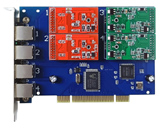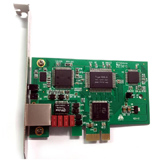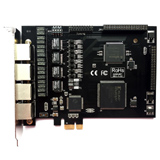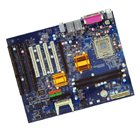
| Index |
||||||||||||||||
About VoIP Mobile phones & Handheld DevicesTelcos and consumers have invested billions of dollars in mobile phone equipment. In developed countries, mobile phones have achieved nearly complete market penetration, and many people are giving up landlines and using mobiles exclusively. Given this situation, it is not entirely clear whether there would be a significant higher demand for VoIP among consumers until either public or community wireless networks have similar geographical coverage to cellular networks (thereby enabling mobile VoIP phones, so called WiFi phones or VoWLAN) or VoIP is implemented over legacy 3G networks. However, "dual mode" telephone sets, which allow for the seamless handover between a cellular network and a WiFi network, are expected to help VoIP become more popular. Phones like the NEC N900iL, and later the Nokia E60, E61 have been the first "dual mode" telephone sets capable of delivering mobile VoIP. With more and more mobile phones and handheld devices using VoIP, the nicknames of "MoIP" and MVoIP (Mobile VoIP)have been attributed to these mobile applications. Handheld Devices are another type of medium whereby you can use VoIP services. Since most of these devices are limited to using GSM/GPRS type of communication mediums, almost all of the handheld devices use WiFi of some sort. Another addition to handheld devices are ruggedized barcode type devices that are used in warehouses and retail environments. These type of devices rely on "inside the 4 walls" type of VoIP services that do not connect to the outside world and are solely to be used from employee to employee communications. Corporate and telco useAlthough few office environments and even fewer homes use a pure VoIP infrastructure, telecommunications providers routinely use IP telephony, often over a dedicated IP network, to connect switching stations, converting voice signals to IP packets and back. The result is a data-abstracted digital network which the provider can easily upgrade and use for multiple purposes. Corporate customer telephone support often use IP telephony exclusively to take advantage of the data abstraction. The benefit of using this technology is the need for only one class of circuit connection and better bandwidth use. Companies can acquire their own gateways to eliminate third-party costs, which is worthwhile in some situations. VoIP is widely employed by carriers, especially for international telephone calls. It is commonly used to route traffic starting and ending at conventional PSTN telephones. Many telecommunications companies are looking at the IP Multimedia Subsystem (IMS) which will merge Internet technologies with the mobile world, using a pure VoIP infrastructure. It will enable them to upgrade their existing systems while embracing Internet technologies such as the Web, email, instant messaging, presence, and video conferencing. It will also allow existing VoIP systems to interface with the conventional PSTN and mobile phones. Click to call Click-to-call is a service which lets users click a button and immediately speak with a customer service representative. The call can either be carried over VoIP, or the customer may request an immediate call back by entering their phone number. One significant benefit to click-to-call providers is that it allows companies to monitor when online visitors change from the website to a phone sales channel.
|
||||||||||||||||





